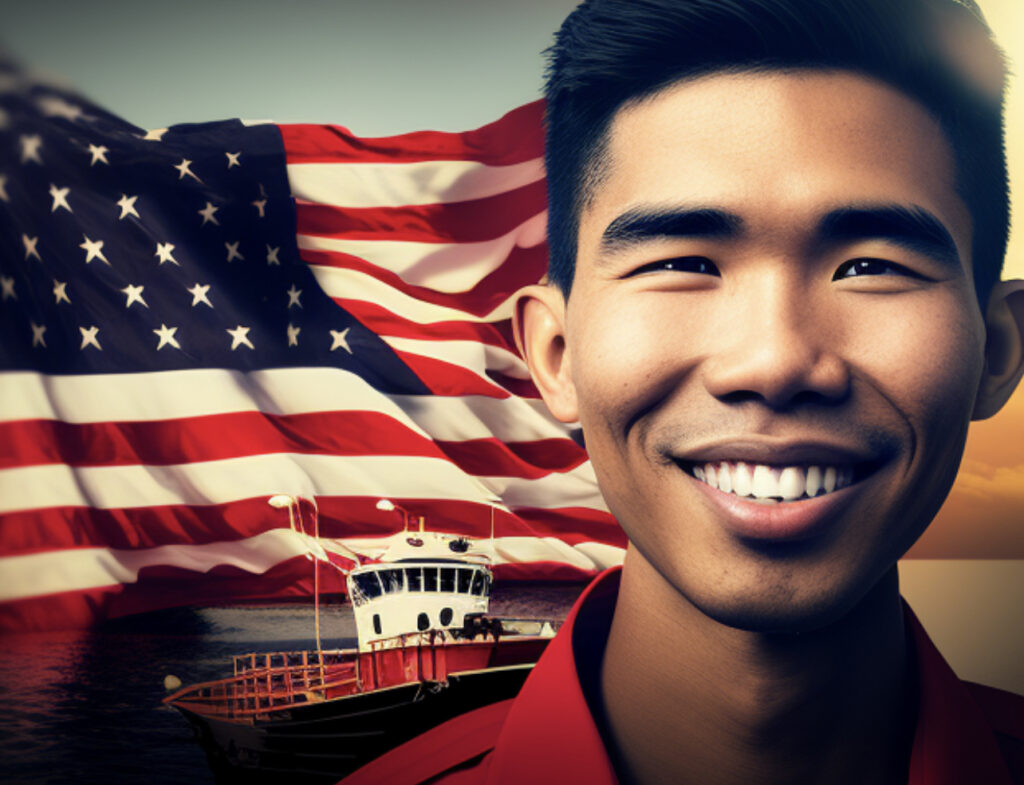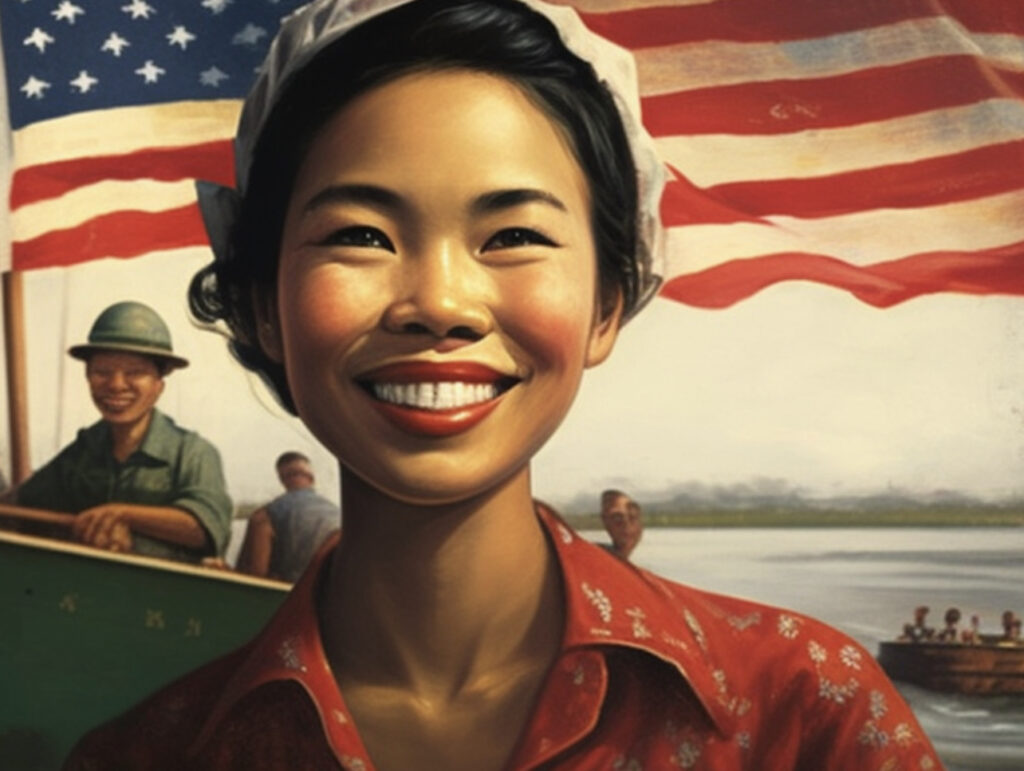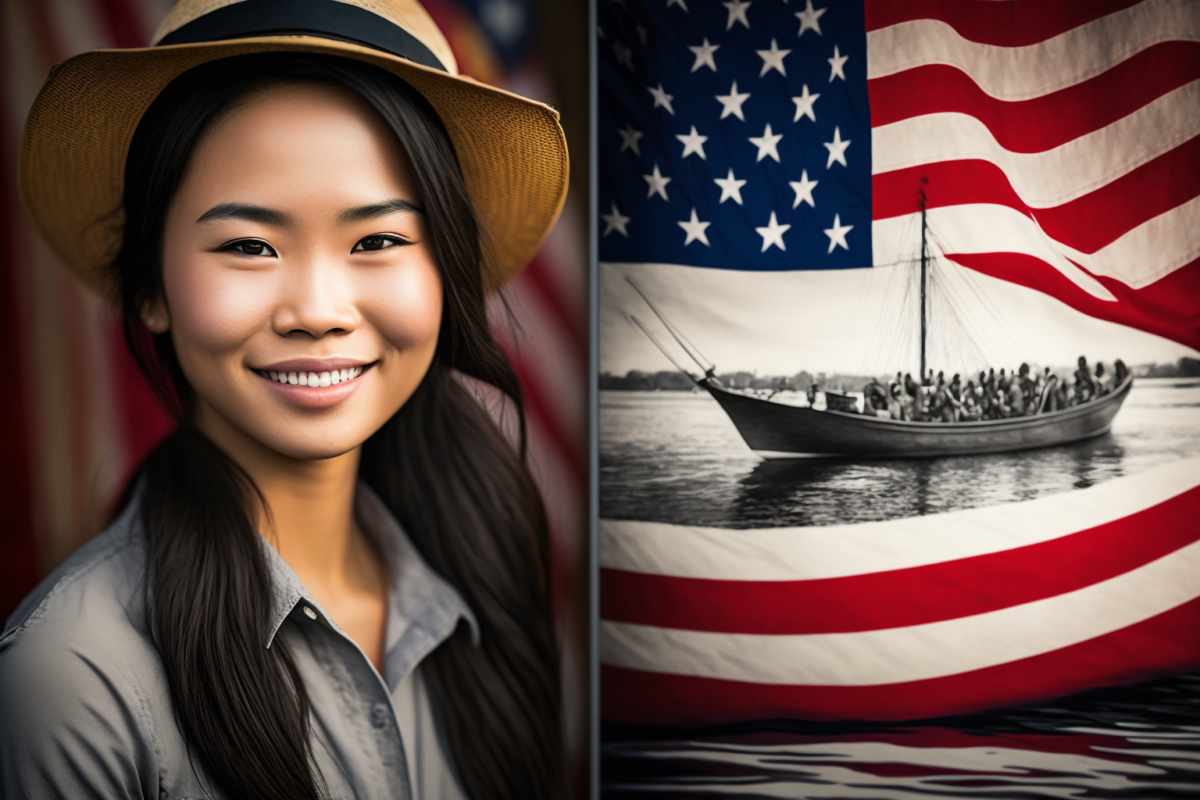
There have been several waves of Vietnamese immigration to the United States, each with its own unique circumstances and characteristics. The location of Vietnamese immigration to the U.S. has varied across each wave.
- First Wave (1975-1995): The first wave of Vietnamese refugees settled primarily in large cities on the West Coast and in Texas. Cities such as San Francisco, Los Angeles, and Houston became major centers for Vietnamese immigration and provided many of the resources and support networks necessary for these refugees to begin their new lives in the U.S. This wave was primarily composed of South Vietnamese military personnel, government officials, and their families, who were evacuated from the country during Operation Frequent Wind. Many of these refugees faced discrimination and struggled to assimilate into American society.
- Second Wave (1980s-1990s): The second wave of Vietnamese immigration was more dispersed, with many refugees settling in smaller cities and rural areas. This was due to a combination of factors, including the availability of sponsors and job opportunities, as well as the cost of living in larger cities. Many second-wave refugees settled in the Midwestern and Southern regions of the U.S., where they established new Vietnamese American communities. This wave was primarily composed of people who had been living in refugee camps in Southeast Asia and was sponsored by relatives or churches in the United States.
- Third Wave (1990s-Present): The third wave of Vietnamese immigration has been more diverse in terms of location, with many immigrants settling in both large cities and suburban areas. This wave of immigration has also been characterized by higher levels of education and financial stability, which has allowed many Vietnamese Americans to settle in more affluent areas. Additionally, the reunification of families has played a significant role in the settlement patterns of third-wave immigrants, with many choosing to live near relatives already established in the U.S. This wave of immigration has been driven by reunification of families and economic opportunities. Many of these immigrants have come to the U.S. through the family-sponsored immigration program.

Overall, the Vietnamese American community has made significant contributions to the U.S. and has established itself as a vibrant and successful community. Despite facing many challenges, the Vietnamese American community has remained strong and continues to grow and thrive in the United States, now found in many regions from California to New York and from Texas to Washington state.

